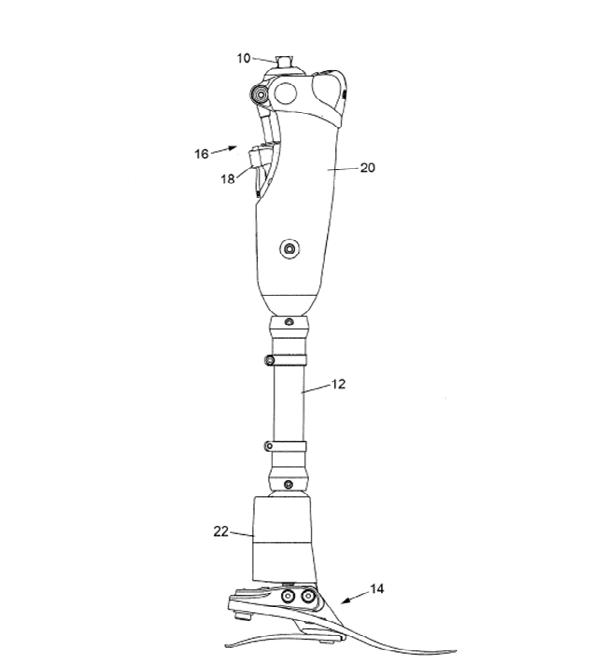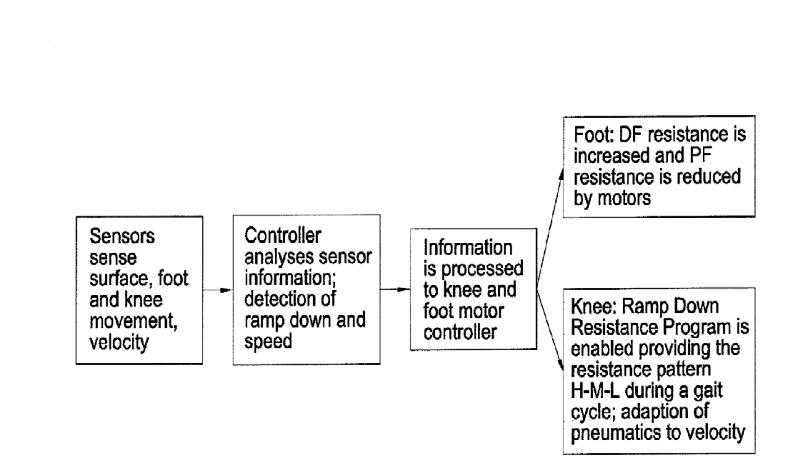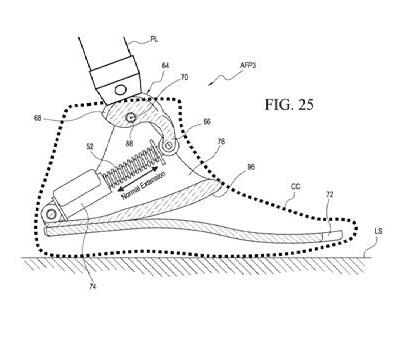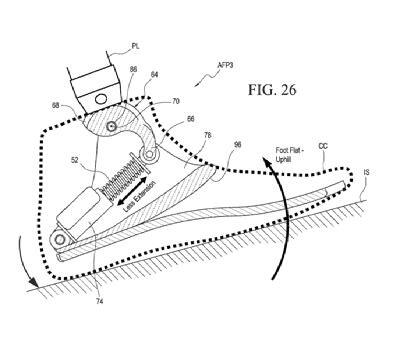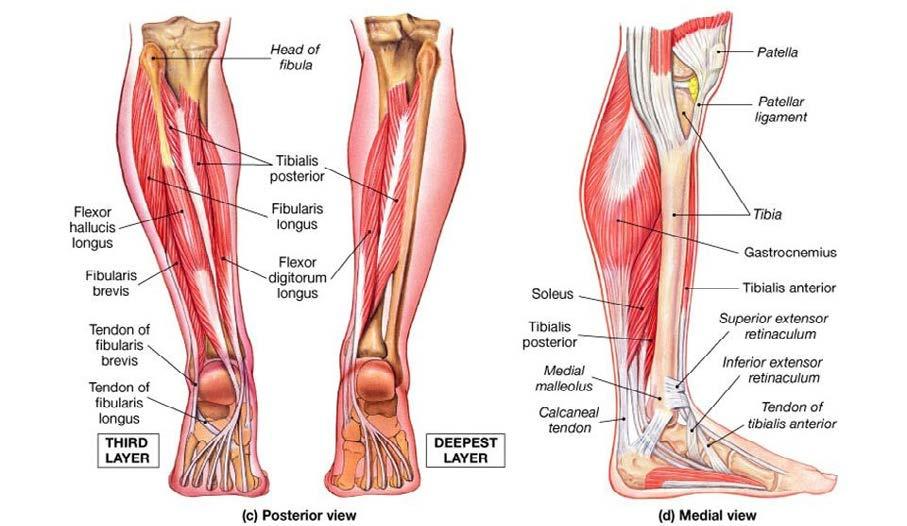
6 minute read
4.1.2 Prosthetics and Its Sensing Technologies
This invention relates to a lower limb prosthesis including a knee joint and an ankle joint. Both the knee joint and the ankle joint include respective flexion control devices actuated by an electronic control system... Known lower limb prostheses for above-knee amputees include prostheses with adaptive control systems for controlling knee flexion during both stance and swing phases of the walking cycle. Such a prosthesis is disclosed in WO99/08621. In this example, the control system includes sensors for sensing shin bending moment and knee flexion angle, corresponding electrical signals being fed to a processing circuit for automatically adjusting hydraulic and pneumatic flexion control devices. Knee flexion is controlled in the stance phase in response to the activity mode of the amputee, i.e. in response to changes between level walking, walking uphill, and walking downhill, and in the swing phase in response to walking speed.
Let us begin by analysing the invention in Zahedi et al.’s patent on lower limb prosthesis. It demonstrates the use of device sensors in the lower limb to generate signals related to kinetic movement, including walking or flexion control. It also demonstrates the topological relations between the prosthetic limb and velocity related to architectural elements such as stairs, ramps, surfaces, and obstacles. The new added feature improves the user’s ability, allowing greater adaptability to more complex terrain. Previously, prosthetics gave the user little to no ability to walk on uneven surfaces, and they used spring-like structures that could only operate at about one equilibrium point. Using springs to provide flexibility was successful on level surfaces and was a predominant feature of the common prosthetic foot and ankle. With technological advances, sensory technologies were used to detect topological differences. Thus, the inventor’s response was to add sensory technology and microprocessors to the prosthetic to increase user mobility.
Advertisement
The increasing number of issues related to user discomfort is the prosthetic industry’s key concern and measure of prosthetic breakdown. Additionally, the success or failure of the prosthetic limb itself depends on the biomechanical understanding of the interaction between the prosthetic socket and the residual limb. The above excerpt from the patent application (Figure 1) shows how Zahedi et al rationalise this concern by providing appropriate load transmission, stability, and control. With the design of flesh and metal to connect/fit the prosthetic, the high load transmission associates the amputee’s stump and prosthetic limb device through harm. We traced an online medical journal that showed the findings documented in Dejke et al report entitled Development of Prototype Low-Cost QTSS™ Wearable Flexible More Enviro-Friendly Pressure, Shear, and Friction Sensors for Dynamic Prosthetic Fit Monitoring (Dejke et al., 2021). The report investigated different causes of user discomfort among random amputees from the Amputee Coalition, and found that 35.5% of the amputees with a prosthesis did not wear it regularly due to comfort issues. It also found that lower limb amputations are the most problematic, and “This is mainly due to socket-related issues, such as poor comfort, reduced biomechanical functionality, and hampered control” (Dejke et al., 2021). Let us analyse how Zahedi et al resolve comfort issues by increasing controllability from the data in the patent application.
The basic components of the prosthetic limb are shown in the illustration (See Fig 5): the socket, knee joint, shin section, foot, and ankle joint, form the prosthetic limb. Each element is designed to artificially mimic the biological limb, by which they reduce the main features of the biological down to a singular component. The choice of these features depends on the importance it has on rehabilitating the user. This reduction process happens at the most rudimentary levels, and then at the more technical levels. For example, the elements of the built environment, such as ramps, stairs, physical obstacles, environmental conditions, etc., are reduced to a singular component in the ankle joint responsible for taking this information. Through sensory technology, it sends electrical signals to the control system, in which the ankle joint mechanisms adapt accordingly (See Fig 9). The prosthetic limb (See Fig 7) attempts to recreate the biological balance system (See Fig 3), the visual input is a major part of the process and important in recognising differences in the landscape/terrain.
The new control device allows the programming of additional matrices, e.g. for defining control functions associated with additional events or activities. It’s in this example that we see the importance and sociotechnical relations between the control system open architecture and the architecture of the environment. The activity mode remains the same on the device until it receives a sensor signal, which is interpreted as indicating a transition to a different mode. The transmission of this signal depends on speed measured by velocity and surface gradient or position concerning the ground. The new feature improves the user’s ability to react to the environment and terrain. The table (Fig 8) shows relations between conditions derived, e.g., from sensed kinetic and kinematic parameters of locomotion, and outputs for flexion control devices. Each environmental condition, such as a ramp up or level ground, is related to a controlled setting. It is important to acknowledge the significance of the microprocessors involved in sending and receiving the signals, which allows for a more reflexive design. Without this added feature, the user is limited to simple movements.
Because of these technological advancements, Simondon refers to the prosthetic as a “primitive item.” According to Simondon (2017, pp. 29–30), the term “primitive” in this sense refers to an inelegant relationship between the technical and the geographic, in which the technical item is out of step with its geographic surroundings, which requires ongoing regulation by the inventor. Prosthetic technology had to be constantly updated from the 2000s - 2014.
Most currently available prosthetic ankle devices are spring-like structures that operate about one equilibrium point (i.e., one resting angle). These systems can work nicely on level terrain but cause instabilities when lower limb prosthesis users walk on sloped surfaces... The present invention is generally directed to prosthetic and orthotic devices, and more particularly to an ankle-foot prosthesis for automatic adaptation to level, as well as sloped walking surfaces. Even more particularly, the invention is directed to a device or system for use by lower limb amputees to more easily and safely walk over a variety of sloped terrain, as well as to provide more stability during standing and swaying tasks.
Once again, we observe the operationalisation of a new control system, although still a developing one. Yet, a different example of creating a prosthetic that can scan and isolate the terrain in a single mode, allowing the user to walk on various terrains. Let us analyse the invention in Andre Hansen and Eric A’s patent on ankle-foot prosthesis for automatic adaptation to sloped walking surfaces. The excerpt (Figure 2) describes mechanisms to improve walking, particularly on uneven surfaces, and is specifically directed towards a device or system for the use of lower limb amputees. As mentioned in the excerpt above, level surfaces are least problematic, with most issues of lower limb prosthesis of this kind associated with uneven terrain. Thus, the invention shows improvements from previous ones, where the attempt to increase adaptability has fallen short, particularly in the stages of detecting level changes. The success of this invention comes with an improved sensory feedback mechanism. The control mechanism for switching dampers between high and low settings detects surfaces on each and every Step (See Fig 10), where previous inventions adapt after they have had multiple steps on a new terrain.
4.1.3 Conclusion
In this chapter, we analysed and traced the associations between the body. technology and landscape/terrain. We witness the early stages of emerging associations between a physical domain (mechanical technological properties), an environmental domain (ground-surface interaction), and a biological domain (mechanical being). Mobility is redistributed as synergies among these domains, as the medical / technology industry attempts to adapt the prosthetic to the terrain of its changing role and context. The elements of the built environment, such as stairs or ramps, are controlled again by a similar system as the previous, except this time it provides us with greater sensitivity and speed to which it reacts to the detection of these changes. This account is one of the first attempts at “corrective measures” (Simondon, 2017), i.e., quick fixes to the technical object. In the next chapter, we examine the architectural and urban landscape in which the prosthetic is situated. We scrutinise current architectural regulations to spot disconnects between mechanical beings and architecture.
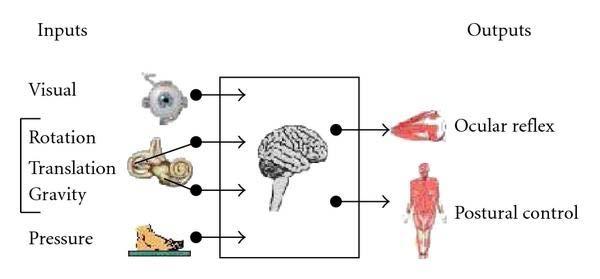
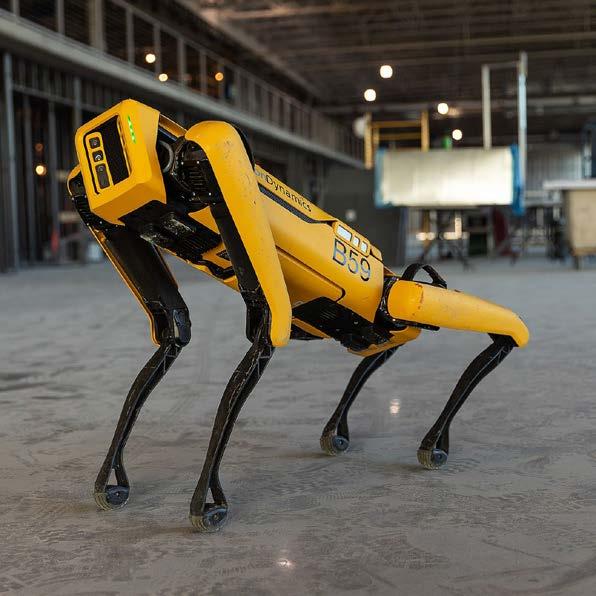

representations a multiple matrix group defining relationships between input conditions derived, e.g., from sensed kinetic and kinematic parameters of locomotion, and outputs for flexion control devices forming part of the prosthesis of FIG.

